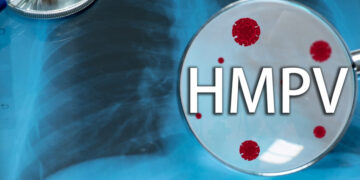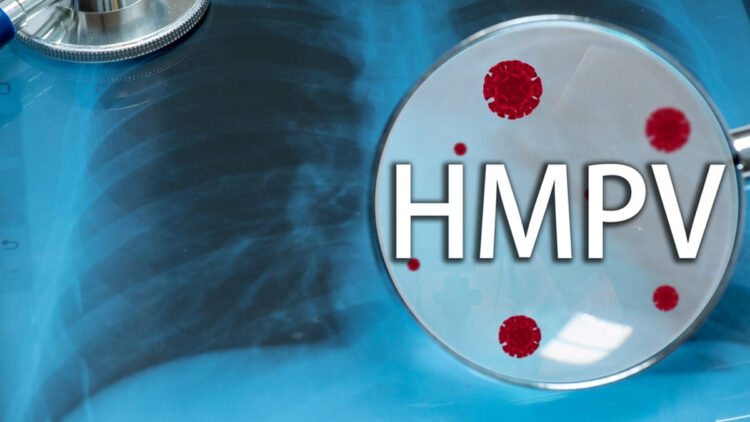In recent weeks, reports of a surge in Human Metapneumovirus (HMPV) cases in China have sparked curiosity and some concern, especially as images of crowded hospitals make headlines.
However, health experts emphasize that there is no cause for alarm, as HMPV is a well-known virus with seasonal patterns that typically emerge during colder months.
Unlike the unprecedented threat of COVID-19 in 2019, HMPV has been studied for decades and generally causes mild respiratory symptoms in most individuals.
In this article, we’ll understand what is HMPV, how it spreads, and why it differs significantly from global health emergencies like COVID-19.
What is HMPV?
Human Metapneumovirus is a respiratory virus that leads to symptoms akin to the common cold or flu, such as cough, fever, nasal congestion, and shortness of breath. Most individuals recover within 7 to 10 days without complications. However, vulnerable groups—including young children, older adults, and those with weakened immune systems—may experience more severe illness, potentially progressing to bronchitis or pneumonia.
Transmission and prevention
HMPV spreads through respiratory droplets from coughing or sneezing, close personal contact, or touching contaminated surfaces and then touching the face. Preventive measures include:

- Washing hands frequently with soap and water for at least 20 seconds.
- Avoiding touching the face with unwashed hands.
- Maintaining distance from individuals exhibiting respiratory symptoms.
- Ensuring good indoor ventilation.
- Wearing masks in crowded or poorly ventilated areas, especially for high-risk individuals.
Current Situation in China
The recent increase in HMPV cases in China aligns with the typical seasonal pattern observed during winter months. The World Health Organization (WHO) has stated that the infection levels are within the expected range for this time of year. While images of crowded hospitals have surfaced, such situations are not uncommon during peak respiratory virus season.
Comparison with COVID-19
Unlike the novel coronavirus that emerged in 2019, HMPV has been recognized since 2001 and circulates globally, primarily causing mild respiratory infections. The population has been exposed to it over the years, leading to partial immunity. Experts assert that HMPV does not pose the same global threat as COVID-19.
Treatment and Vaccination
Currently, there is no specific antiviral treatment or vaccine for HMPV. Management focuses on supportive care to relieve symptoms. Research is ongoing to develop vaccines and targeted therapies.
Conclusion
While the rise in HMPV cases warrants attention, it is consistent with seasonal trends and does not indicate a crisis akin to the COVID-19 pandemic. Adhering to standard hygiene practices and staying informed through reliable health sources are effective ways to protect oneself and the community.




































Discussion about this post